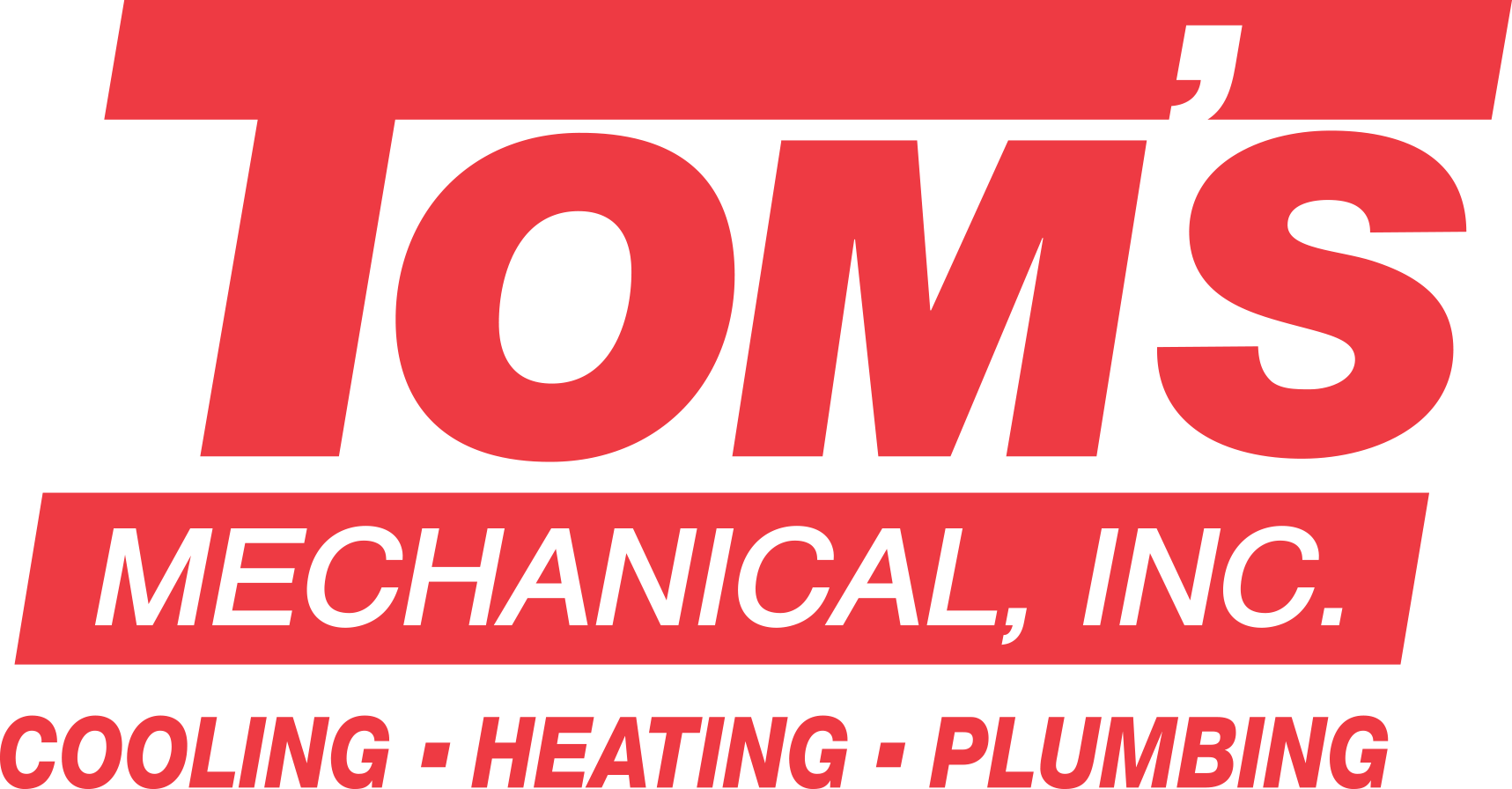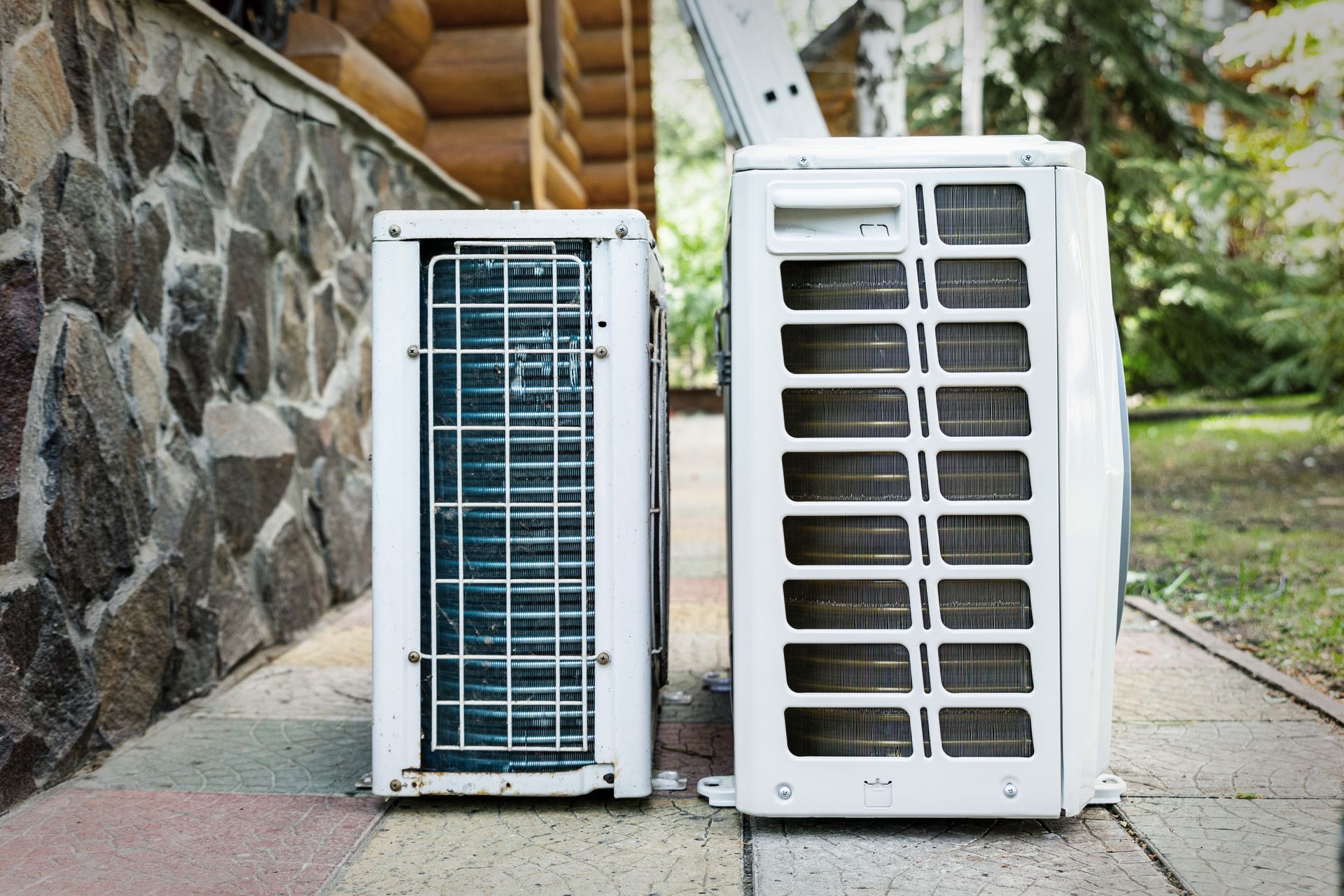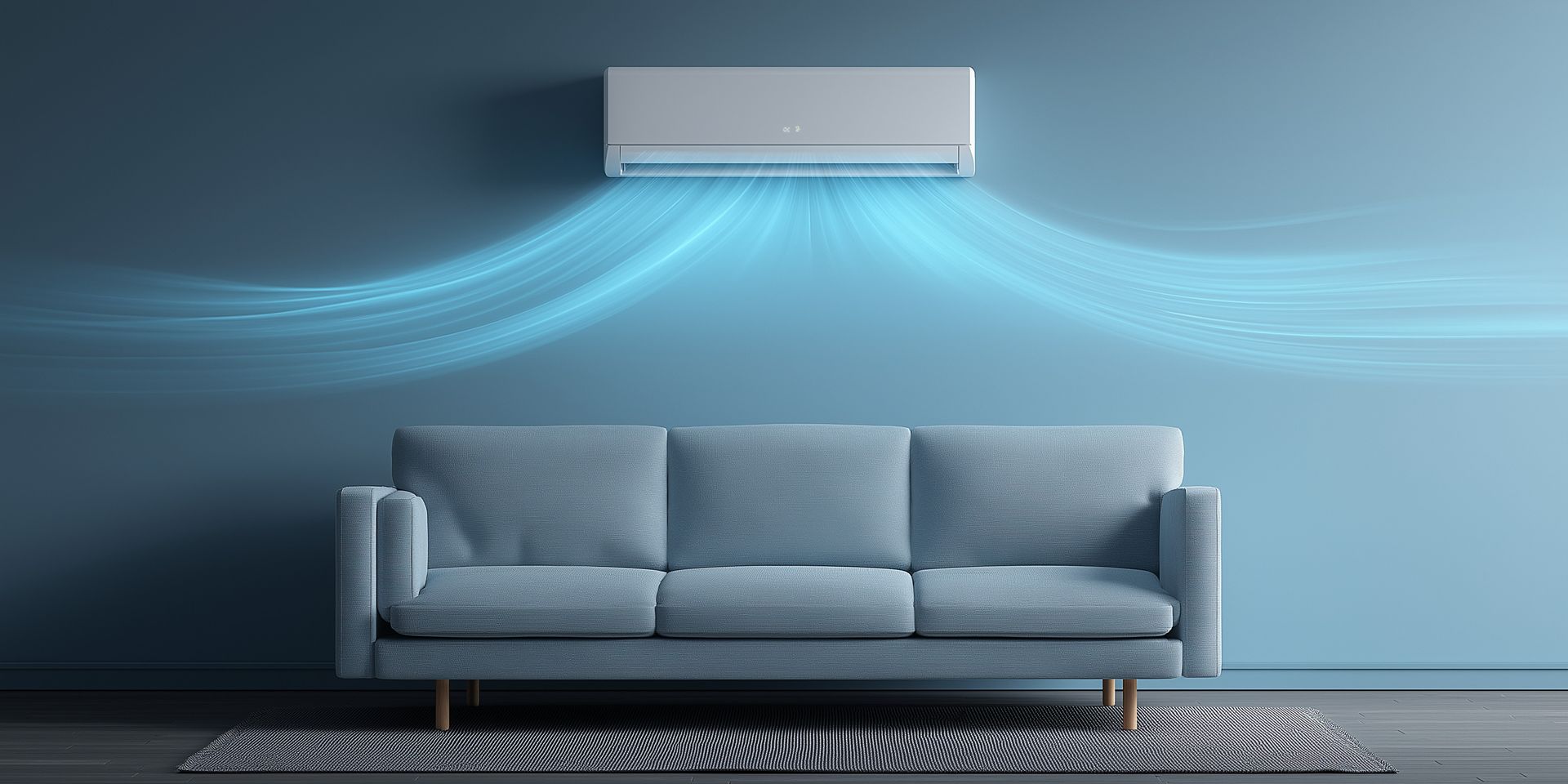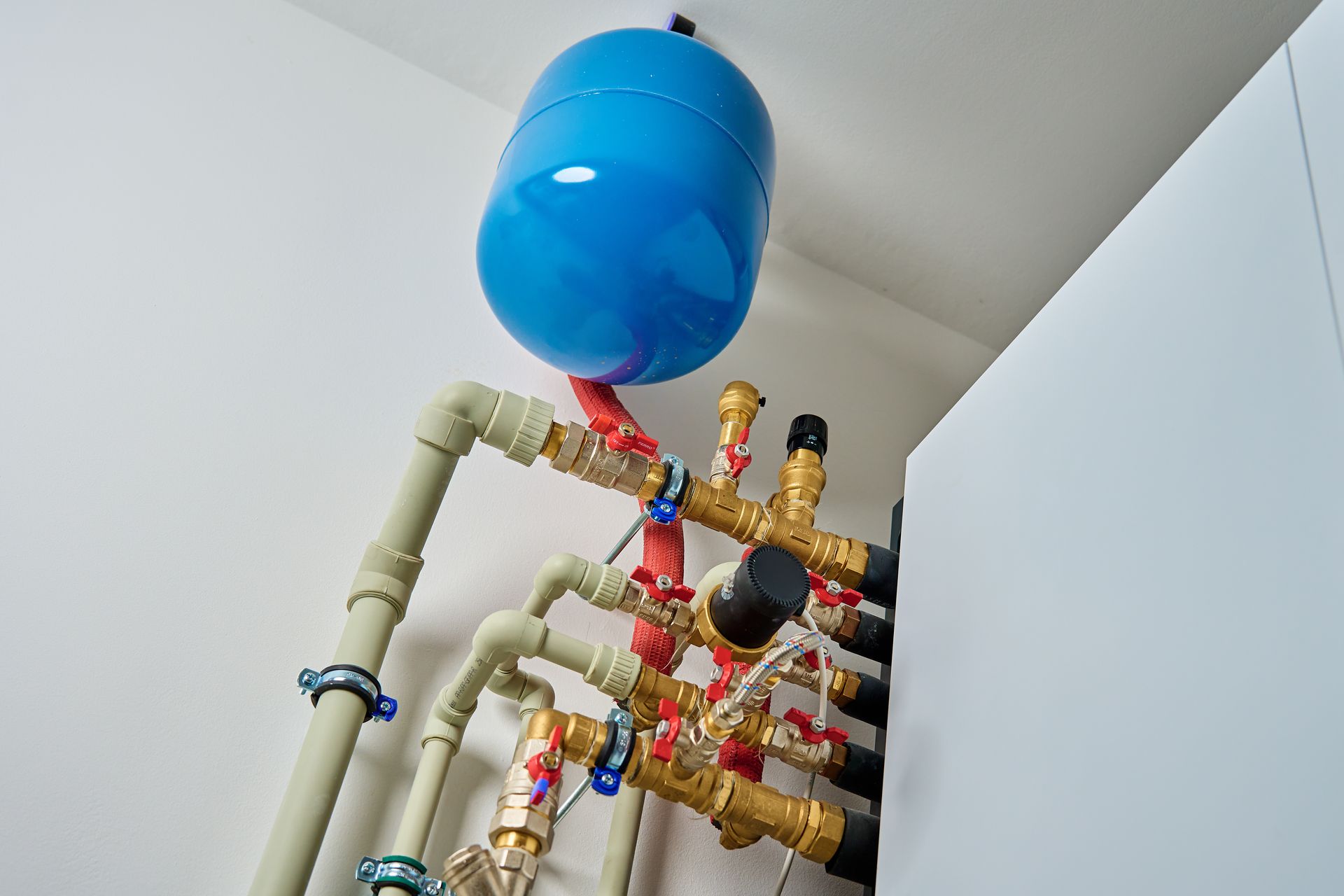Single Stage vs. Variable Speed HVAC Systems
If you’ve been shopping for a new central air system lately, you’ve likely come across the term variable-speed compressor. Let’s break down what that means exactly.
Single-Stage Air Conditioner
Many residential homes rely on central air conditioners that house single-stage compressors. The reason for this is simple: single-stage or fixed-speed technology was the standard in HVAC systems for many years and still operates in many homes.
The way a single-stage air conditioner works is simple: When it kicks on, it runs at full capacity until the temperature in the room reaches the desired setpoint. Then it abruptly shuts down. It’s either on or off. There is no in-between.
Imagine sprinting as fast as you can in short spurts. It’s more exhausting than running at a slower speed for a longer distance. That’s because sprinting requires more energy. That’s basically how your single-stage AC unit operates. It’s inefficient and you’re utility bills will reflect that.
Variable-Speed Air Conditioner
Air conditioners with variable-speed technology are more efficient because they adjust their output based on fluctuating temperatures outside. For example, if it’s 80 degrees outside and the thermostat is set to 76 degrees, your AC system will operate at less than half of its capacity to regulate the temperature inside. That’s where the real energy savings happen. Conversely, on hot days, the unit will ramp up capacity.
Variable-capacity systems will have a high SEER rating. That’s the Seasonal Energy Efficiency Ratio. SEER is calculated by dividing the AC system’s output over a cooling season by the energy it uses in Watt-Hours. The most efficient systems will have a SEER of 21. The federal minimum is 13.
Variable-Speed Furnace
Variable-speed technology is also featured in most modern furnaces. In this case, variable speed applies to the furnace’s indoor blower motor. Because the fan moves at different speeds, it can more precisely control flow to distribute warm air. For example, it can compensate for factors such as a dirty or clogged air filter, increasing speed to push out more air, ensuring consistent comfort. Additionally, the variable-speed fan increases speed gradually, eliminating sudden and noisy starts to a heating cycle.
But What About Two-Stage Heating?
In your search for a new central air system, you might find some furnaces described “two-stage.” This has to do with the operation of the burner inside the unit. On mild days, the burner will operate on partial capacity. On colder days, it will open the throttle, so to speak, to deliver more warmth. It’s another energy-saving feature and one worth considering if you intend to slash your heating costs this winter.
More Benefits of the Variable Speed HVAC
- Quieter: The lower, slower distribution of air means near whisper quiet operation compared to the full-blast jet turbine of the fixed-speed system.
- More comfortable: A variable-speed system runs for longer periods, delivering more consistent temperature control and more even distribution of cool or warm air throughout the home.
- More humidity control: Humidity can make a room feel warmer than it actually is. A longer run cycle removes more humidity.
- Cleaner air: Even without temperature control, you can keep the fan in constant operation to circulate air, allowing the filter to capture more airborne particles.
Bottom line: When looking at a variable-speed furnace and air conditioner for your home, you can expect the very best in both quality and performance. Both offer superior comfort that helps your wallet and the environment. While they are pricier initially, lower monthly energy bills will benefit you in the long run. Tom’s Mechanical has more than half a century providing quality HVAC installations throughout Arlington and surrounding communities. To schedule an appointment, call (972) 954-2635.



